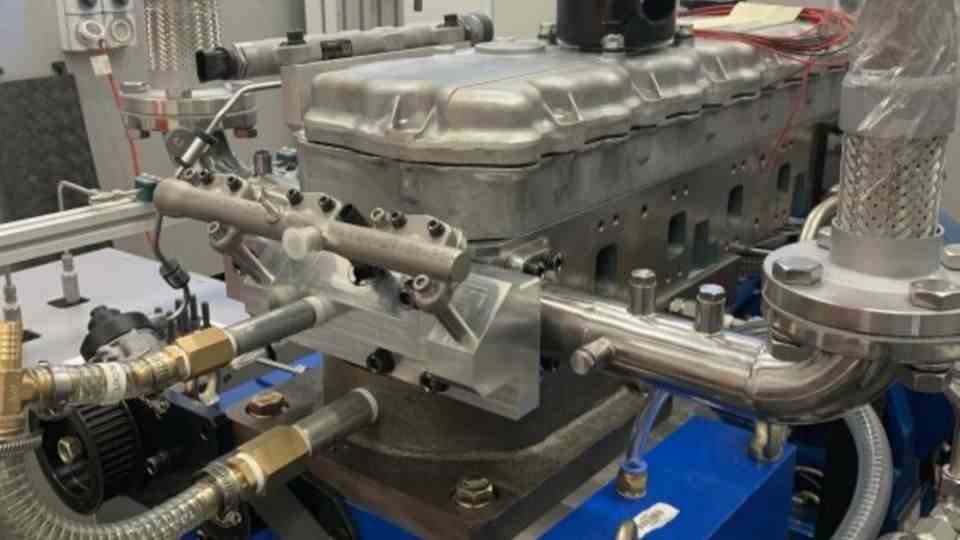energy transition
Hydrogen’s biggest problem solved – researchers banish the explosive gas in salt chunks
Salt as storage is available in large quantities (symbol image)
© Jan Woitas / Picture Alliance
Hydrogen can be an important part of the energy transition if the problems of transporting and storing the dangerous gas can be solved. Researchers at the Leibniz Institute have now presented a type of salt battery.
Green hydrogen should solve the energy problems of the future. It can be produced by electricity from renewable energy. And then hydrogen can in turn produce electricity in a fuel cell, or you can even burn the gas in a more or less conventional engine. The only “pollutant” produced is water.
But there is a problem: hydrogen is far more treacherous than natural gas. The flammable gas has the property of migrating through all substances, which makes it very expensive to build safe tanks for the fuel. Like natural gas and petrol, the gas itself is not “explosive” in the chemical sense because it needs an oxidizer. But it always finds it in the ambient air, which is what makes hydrogen so dangerous.
Easy storage is necessary
Therefore, attempts are made to bind the gas for transport and storage. There have already been promising attempts. But for the technology to help solve the world’s energy problems, the carrier material must be cheap and plentiful. Unfortunately, because hydrogen only liquefies at temperatures close to absolute zero, it cannot be used economically as a liquid gas.
Researchers at the Leibniz Institute for Catalysis have now succeeded in binding hydrogen in solid salts. Their work was published in the American Chemical Society Central Science journal. It was already known in the past that the gas could be stored in salts. So far, however, expensive precious metals have been used as catalysts, and CO2 also escapes during the process.
Salt storage with high efficiency
Researchers at the Leibniz Institute have now stored the gas in carbonate and bicarbonate salts using manganese. Under the influence of the manganese catalyst, bicarbonate and hydrogen are converted into formate. Bicarbonate is used in everyday life as a baking and shower powder or as Bullrich salt for heartburn.
If necessary, the gas is released again. The first results of the hydrogen battery are promising. Already at the first attempt it was possible to recover 80 percent of the hydrogen from the salt battery. An optimization of the process then led to a yield of 94 percent. At the same time, the gas obtained was very pure at 99 percent. Now work has to be done to achieve a high level of stability so that the “battery” can be reused frequently.
Source: ACS




